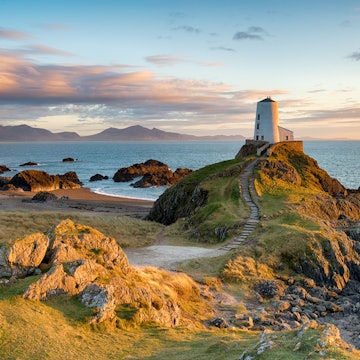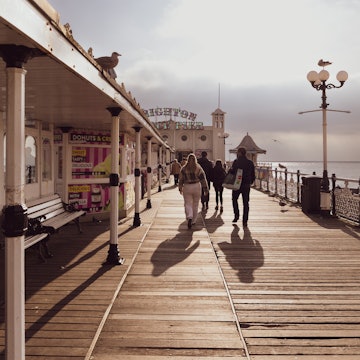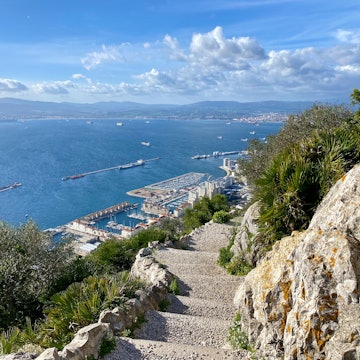
Riding the Caledonian Sleeper, one of Britain's best night trains

Aug 11, 2025 • 6 min read
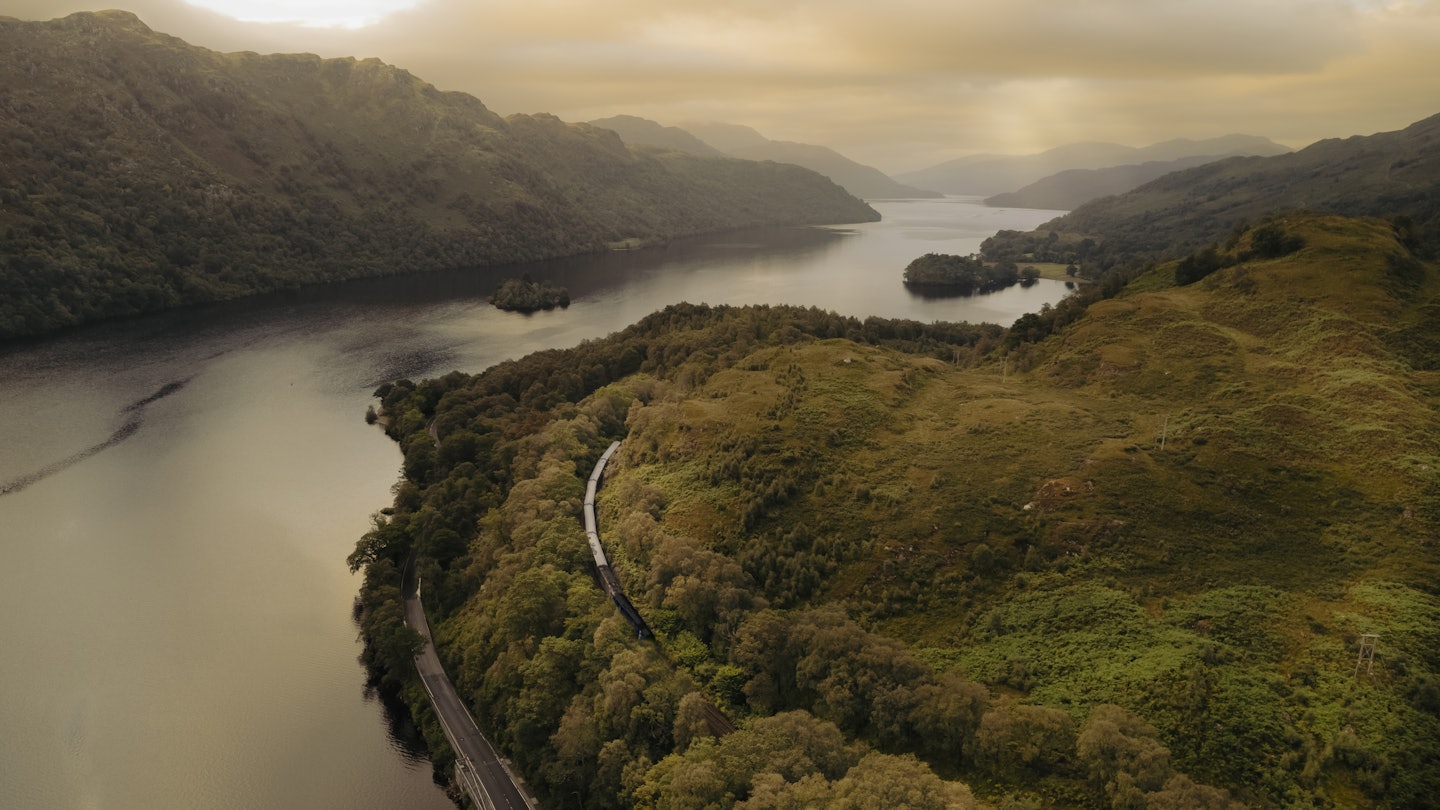
The Caledonian Sleeper crawls past Loch Lomond in Scotland. Caledonian Sleeper
I booked the Caledonian Sleeper months before I even set foot in Scotland. But after three weeks of navigating single-track roads, braving sideways rain and pulling over far too often for “just one more view,” I was more than ready to let someone else do the driving.
Instead of flying from Glasgow to London – or tackling the long drive – we took the Caledonian Sleeper, the overnight train linking Scotland and England.
I’d always been curious about this route. It’s been running since the 1870s and is one of two remaining sleeper trains in the United Kingdom. It would also be my first sleeper train experience. But what sold me was the idea of ending our trip the same way we’d travelled through Scotland: slowly, and with a front-row seat to the scenery.
For anyone looking for a gentler way to travel – one that lets you skip the airport, sleep in a bed and wake up in a new country – it’s absolutely worth doing, even just once, for the novelty of the journey.
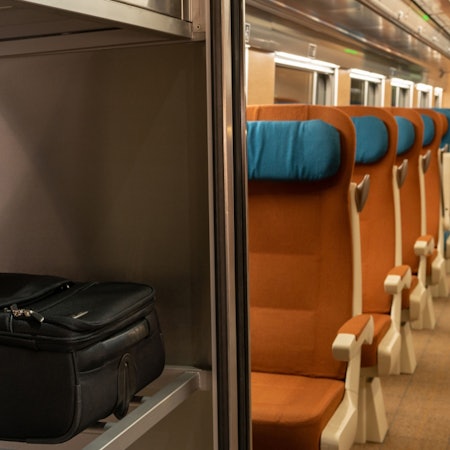
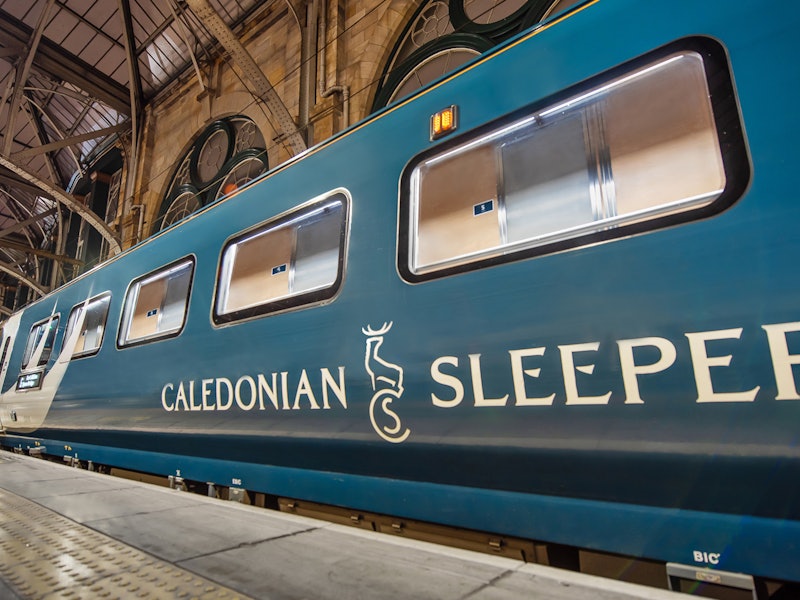
Saying goodbye to Scotland with a dram
The Caledonian Sleeper is, of course, a late-night departure, and by the time the teal-colored train pulled into Glasgow Central at 10pm, I was exhausted and ready to collapse into our cabin.
Boarding was straightforward. Signs on the platform marked each carriage, and attendants were stationed between every couple of coaches in case you got turned around.
Boarding means a short climb up steep metal steps. Inside, the corridor is so narrow that when someone comes the other way, one of you must flatten against the wall to pass.
Our cabin, a classic twin, came with two bunk beds, a small sink and not a lot of wiggle room. It was tighter than I’d expected. We tried to slide a big suitcase under the lower bunk, but no luck. There isn’t much storage in the room itself, but when we tracked down an attendant, they showed us to a separate luggage room where we could stash our suitcase at no extra cost.
We unpacked a small overnight bag with just the essentials – toothbrush, pajamas – and the train quietly pulled out of Glasgow. I freshened up in the shared bathroom at the end of the coach, then wandered down to the club car for a nightcap. A whisky felt like a fitting way to wind down.
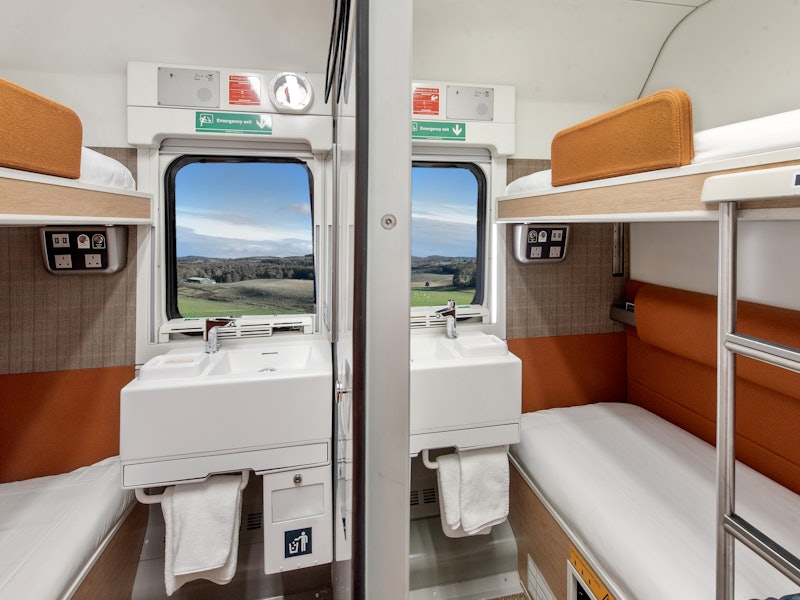
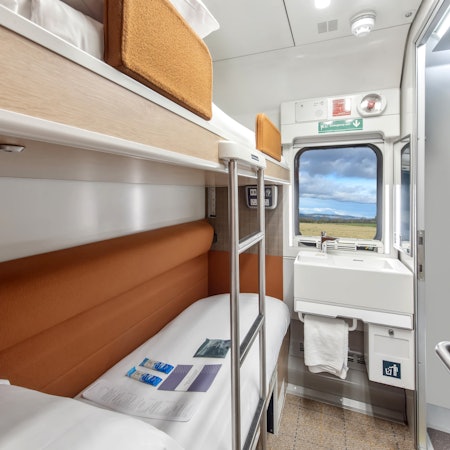
Getting some sleep...maybe
We left Glasgow near midnight, and most of the journey passed in darkness, which I didn’t mind. The whole point of the sleeper is to skip the chaos of travel and wake up somewhere new. That said, if you’re after scenic views, I’d recommend doing the journey in reverse. London to Scotland gives you a much better chance of waking up to misty hills, grazing sheep and that classic Highlands drama, before pulling into Edinburgh or Fort William.
The cabins are compact but functional. The beds are not especially comfortable, but they're decent enough for a night. There is a complimentary sleep kit (eye mask, soap, earplugs), and, if you’re in a classic room, there’s a little sink and mirror. The club's ensuite room has a toilet.
What I hadn’t quite expected was how noisy it would be. The train rocks and rattles a lot; it’s not a smooth glide. I'm a fairly good sleeper, but my partner needed his earphones to distract himself from the noise. I recommend bringing earplugs or a white noise app if that's your thing. Also, even with the shades down, the light can slip through, so bring an eye mask. The train makes a few stops throughout the night.
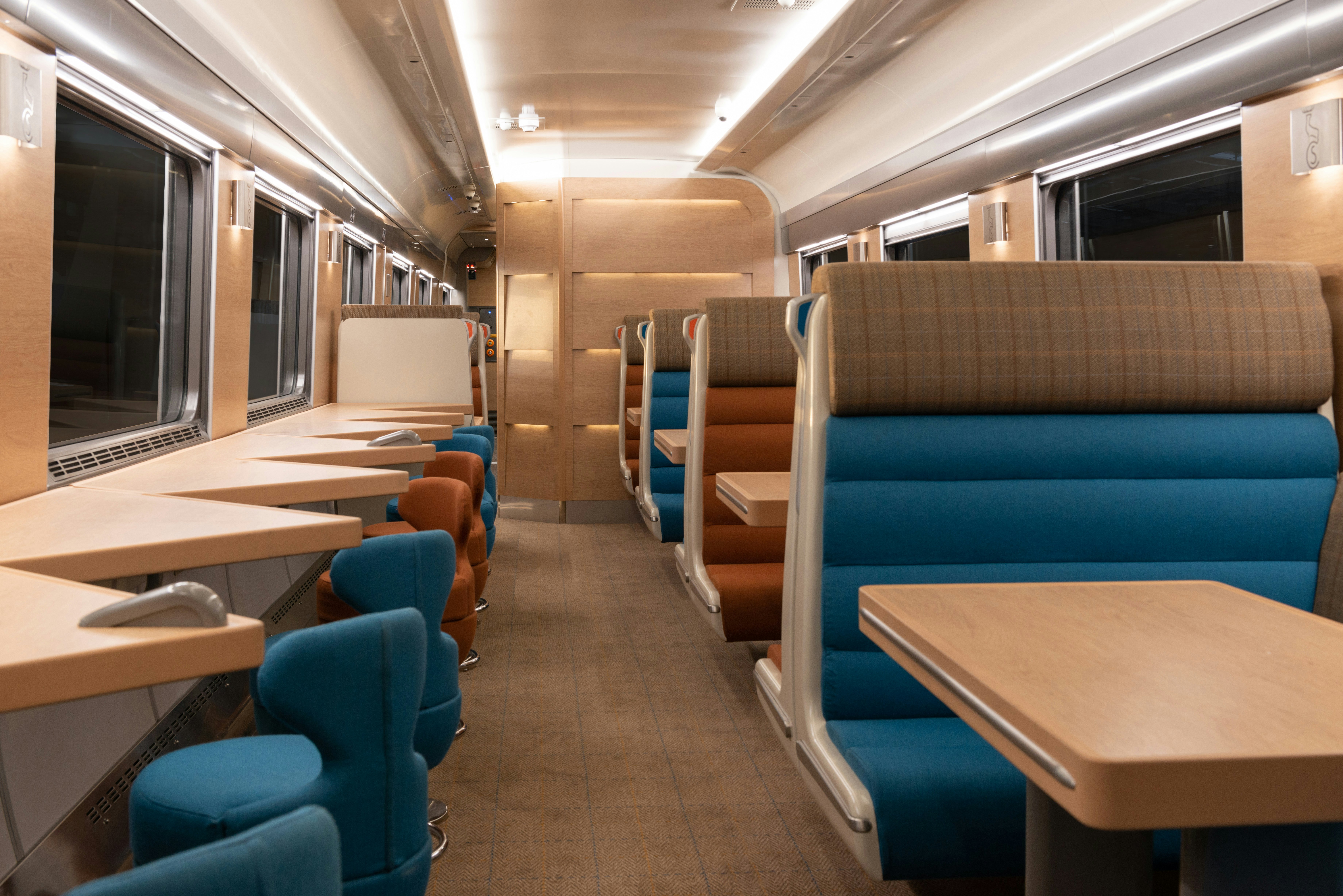
Waking up in London
We pulled into London right on time, a little before 7:30am. I'd been awake for an hour already, wandering around the train. There's not much in the way of a sitting room in the main coaches, besides the club car, which was already full. I opted to skip breakfast on board. I'm not much of an early breakfast person, and it's not included with a classic room. For those who book a club room, breakfast is included and can be delivered to the room.
The attendants gave everyone a gentle knock on the door about 30 minutes before arrival (you can request a later wake-up call) – just enough time to throw on yesterday’s clothes, brush my teeth and make myself semi-presentable.
Leaving the train felt a bit like checking out of a very narrow hotel after a slightly turbulent night. But stepping onto the platform in the middle of the city, without having dealt with airport queues or baggage claim, made it all worthwhile. Within 15 minutes, I was in a cab heading to my hotel room.
Would I do it again? Yes. It didn't deter me from sleeper trains. Since that first time, I've taken about 15 trips throughout Europe, some on the same route. They won't give you the most luxurious sleep you’ll ever have, but I love the ease of it all.
How to make it happen
Tickets
Booking the Caledonian Sleeper is easy, but you’ll want to lock it in early, as tickets sell out fast and prices fluctuate depending on the season and how far ahead you book. Expect to pay £200 to £445 (US$268 to US$598) for a classic to double ensuite room, or around £148 (US$200) for a seat.
One quirk to note: booking a room doesn’t automatically include your rail ticket. You’ll still need a valid fare. It’s a slightly clunky two-step process, so double-check the fine print. If you’re traveling with a Eurail pass, you won’t need a separate ticket, just a reservation for the sleeper. Passholders also get access to discounted sleeper rates.
Dogs are welcome on board. You can bring up to two per room for an extra £30 (US$40).

Food and drink
You can purchase snacks and drinks on board, with a wide selection of coffee, tea, soft drinks, wine, beer, spirits and a solid lineup of Scottish whiskies in the club car. Breakfast is served in the club car or, if you're in a club room, delivered to your cabin (just be sure to pre-order when you board). The breakfast menu is varied, with options ranging from a full Scottish breakfast to porridge and pancakes.
If you’re fussy or tend to get peckish late at night, it’s a good idea to bring your own snacks and a bottle of water. The seated carriage has its own separate menu with meals like haggis and neeps, veggie biryani and a cheese plate.
The train is cashless, so make sure you’ve got a card or Google Pay handy.
Facilities
WiFi on the train is patchy at best – fine for checking emails or messages, but don’t count on streaming or getting much work done.
Cabins have sockets suitable for charging phones and other small devices, and there’s a USB port and plug socket at every seat in the seated carriage. There’s also a handy host call button in each room if you need assistance during the journey.
Each room has limited luggage storage, so it’s smart to pack light and opt for soft bags to slide under the bed.
Guests traveling in classic rooms or seated coaches who’d like to freshen up before or after the journey can use showers at the Fort William or Inverness lounges for £10 (US$13).
Accessible rooms and seats can be booked online or arranged by calling 0800 904 7267.










